Itchy Armpits and Armpit Rash Can Be Sneaky Signs of Breast Cancer, Says MD — What You Need To Know
Find out the serious signs to watch out for — and discover how to cure everyday itchiness
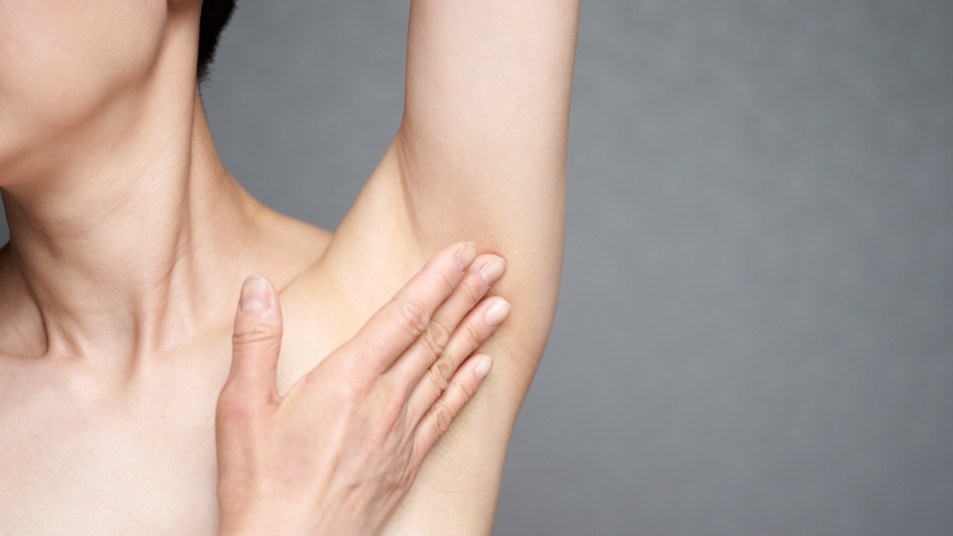
Itchy armpits are annoying, and they can also be pretty darn embarrassing. Because, really, who wants to be seen scratching at their underarms while out for coffee or in the supermarket checkout line? While the crawly, bothersome feeling can be triggered by a number of harmless health hassles, there’s one serious cause that often flies under the radar: cancer. You may wonder: Can an armpit rash signal cancer? Read on to find out the signs to watch for and when you should talk to your doctor. Plus, check out our doctor-recommend advice for treating benign itching.
The link between itchy armpits, armpit rash and cancer
The vast majority of the time, itchy armpits aren’t a cause for concern. But in rare case, an armpit rash can be an early warning sign of inflammatory breast cancer (IBC) or lymphoma, says Radha Iyengar, MD, a breast surgeon with Texas Health Breast Specialists and medical director of the Breast Center at Texas Health Presbyterian Hospital Allen in Allen, TX.
Inflammatory breast cancer can cause an armpit rash or itchy armpits
Inflammatory breast cancer accounts for just 1% to 5% of all breast cancers, and is typically harder to diagnose. The reason: It often doesn’t cause a breast lump, and the symptoms differ from more common types of breast cancer. This aggressive type of cancer manifests as breast inflammation, as cancer cells block the lymph vessels in the skin and lead to redness and swelling of the breast.
Other warning signs include pitted or thickened “orange peel” skin on the breast, an inverted nipple, a breast that feels warm to the touch and itchy armpits with rash or breast tissue. “Itchiness associated with redness should be evaluated by a doctor to rule out infection or cancer, especially if it persists despite topical treatment,” says Dr. Iyengar. Your doctor can examine your symptoms and schedule a mammogram, MRI or ultrasound if needed.
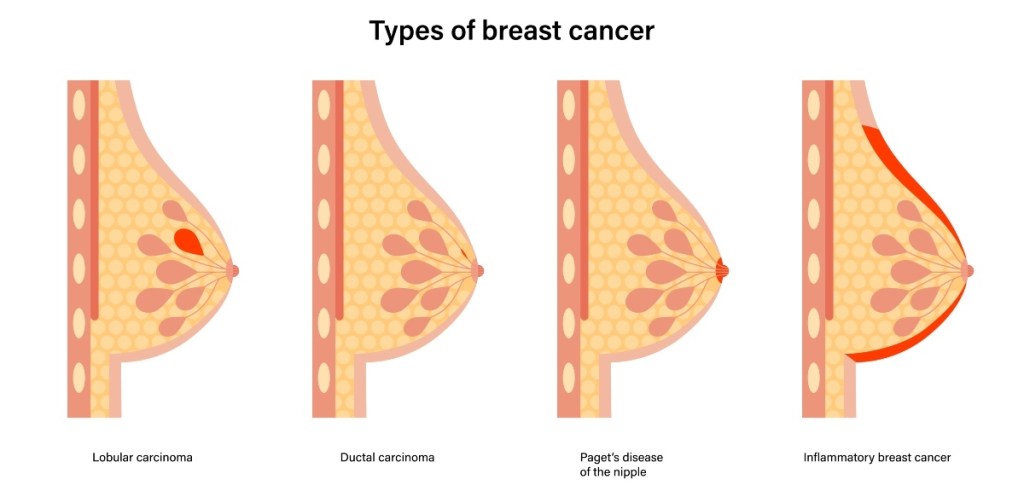
Cancer known as lymphoma can also cause an armpit rash or itchy armpits
Similar to inflammatory breast cancer, lymphoma can spur symptoms that are easy to write off as something more benign. This type of cancer starts in the body’s lymphocytes, or white blood cells that fight off disease and infection. Symptoms can include fever, chills, night sweats, fatigue, swollen lymph nodes and itching (especially near lymph nodes, such as those in the armpits). Research in Cancer suggests itching affects up to 31% of people with Hodgkin lymphoma. The itching is triggered by inflammatory cytokines that irritate nerve endings.
“If you experience fevers, severe pain in the armpit or other skin changes, you should see a medical professional,” Dr. Iyengar advises. Your doctor can order tests such as bloodwork, imaging, a bone marrow biopsy or lymph node biopsy if lymphoma is suspected.
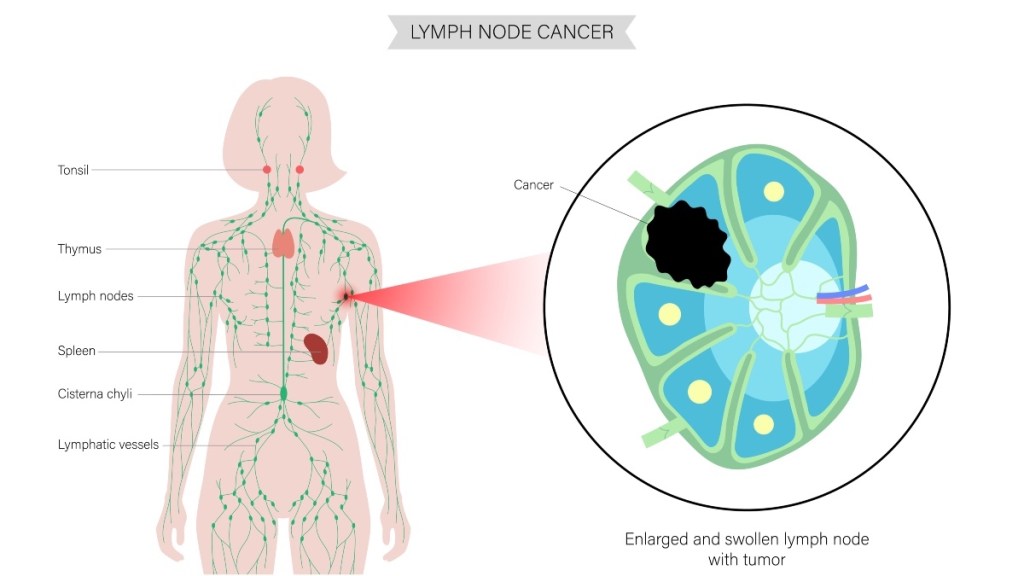
How skin infections can cause itchy armpits and rash
Much less serious than cancer, another sneaky cause of itchy armpits or an armpit rash are skin infections. Sweat plus skin-on-skin contact around your underarms can set the stage for fungal or bacterial growth. When certain fungi and bacteria grow unchecked, it can lead to an infection caused by staph or tinea versicolor, warns Jennifer Gordon, MD, a board-certified dermatologist with Westlake Dermatology in Austin, TX. This will spur itching as well as redness, bumps, or scaliness, she says.
The specific bacteria strain known as Staphylococcus aureus is the biggest offender when it comes to staph infections on the skin. This bacteria is commonly found on healthy skin. But when it starts to overgrow, it can cause boils, an oozing rash, redness or swelling. It’s typically treated with a topical cream that contains a combination of antibiotics and steroids.
Tinea versicolor, on the other hand, is a common fungal infection caused by an overgrowth of yeast on the skin. Heat, humidity and sun exposure can worsen the infection. With this infection, you’ll notice small, round patches of skin that typically get lighter (though sometimes they may turn darker) than the rest of your skin. They can range in color from white to pink to brown to yellow, and can be itchy, dry or scaly. It’s most often treated with topical or oral antifungal medications. (Click through to learn the type of rash that can signal psoriatic arthritis.)
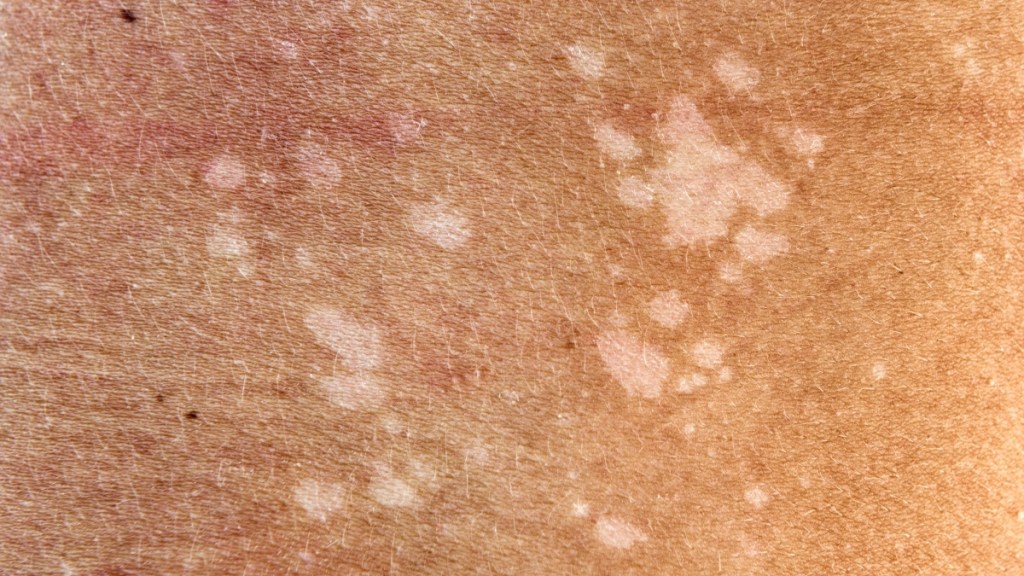
If you notice itchy armpits in addition to any of the symptoms above, you’ll want to visit your doctor or dermatologist, who can swab or scrape your skin as well as order blood or urine tests if needed to diagnose an infection.
The 4 most common causes of itchy armpits
While in rare cases itchy armpits or an armpit rash can be a sign of something more serious like cancer, odds are you’re dealing with a simple case of skin irritation. “One of the major reasons underarm skin can be prone to irritation is that it’s an area that is constantly rubbing all day long and it tends to have a higher heat and sweat factor,” explains Dr. Gordon. Here are the most common causes that are likely triggering that “gotta scratch” urge.
1. Heat rash causes itchy armpits
When sweat gets trapped in your pores, it can cause red, itchy bumps known as heat rash. It can happen anywhere on your skin, but your armpits (along with your groin and under your breasts) are particularly prone to irritation. Why? Heat rash often hits in sweaty spots where your skin rubs together or rubs against your clothes, explains Dr. Gordon.
2. New deodorant or laundry detergent causes itchy armpits
Switched to a new personal care product or laundry soap recently? That could be the cause of your itch, especially if its accompanied by redness, pain, or blisters known as contact dermatitis. “There may be certain ingredients, preservatives, or scents that can cause skin to experience an allergic reaction,” explains Marisa Garshick, MD, Clinical Assistant Professor of Dermatology at Weill Cornell Medicine in New York City. Some common offenders include sulfates, petrolatum, and fragrance (which is often the catch-all ingredient name for any perfumes added to a product).
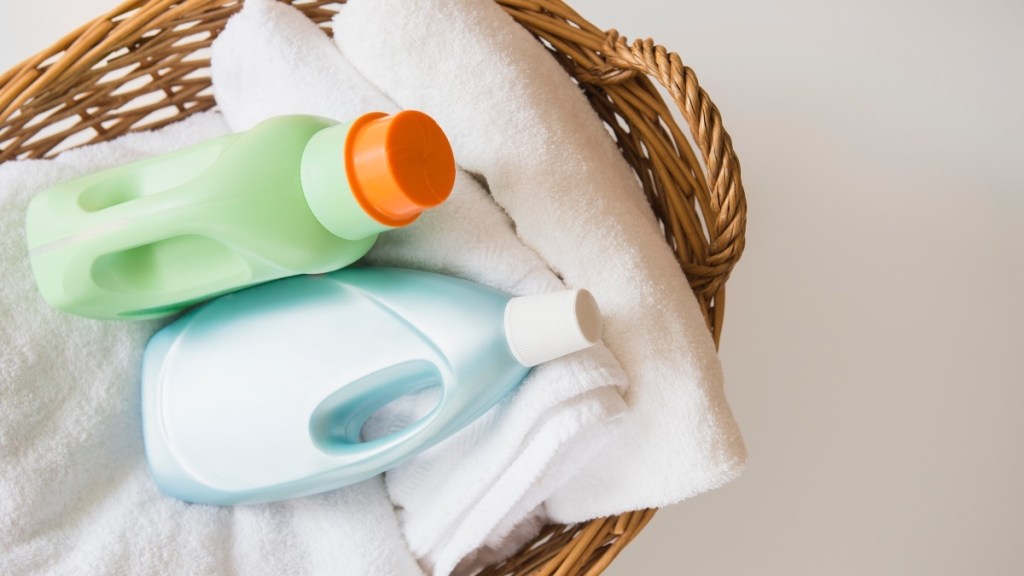
3. Dry skin causes itchy armpits
If you’re prone to dry skin, it could be the cause of your itchy armpits, Dr. Garshick says. HWhen sweat mixes with dry, dead skin cells, it can trigger inflammation. Plus dry skin can trigger the urge to scratch or rub, which only worsens the itchiness. The issue tends flare up more often in cold, dry weather.
4. Ingrown hairs cause itchy armpits
It’s not uncommon to get an ingrown hair or two after shaving your armpits, Dr. Gordon says. These tiny, swollen bumps can form when a hair grows back into the skin instead of out, causing irritation, itching, and redness. If the ingrown hair becomes infected, the bump can become bigger and filled with pus (ouch!). (Click through to our sister publication to learn how to shave your armpits to avoid ingrown hairs.)
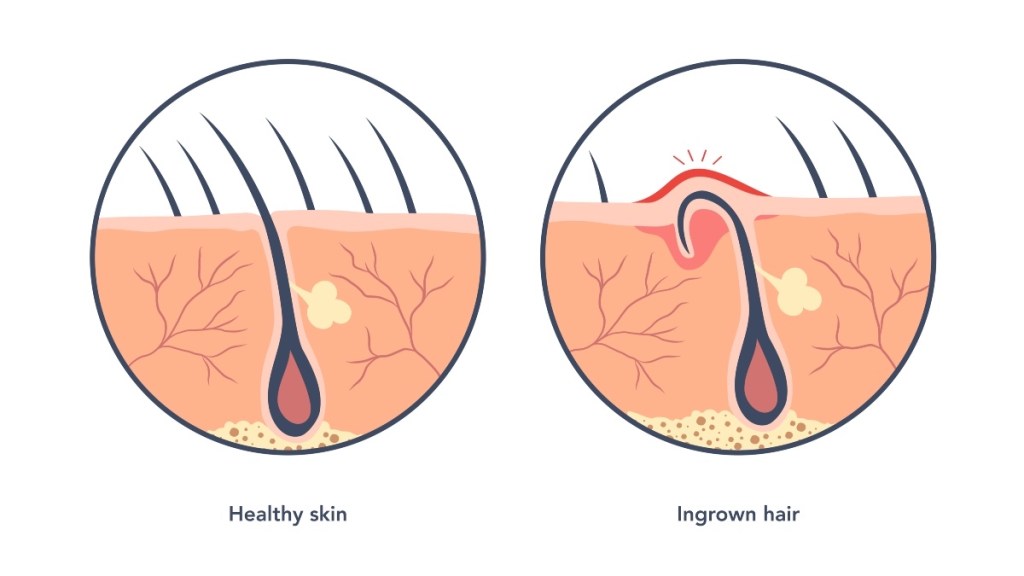
The 7 best home cures for itchy armpits
The good news: Those pesky, everyday itch-triggers can be managed right at home, since solving the problem often comes down to keeping sweat in check. Here’s what the experts recommend.
1. Apply antiperspirant before bed
One of the easiest ways to keep itching-inducing sweat in check is with a simple timing tweak: Apply your antiperspirant before you go to sleep instead of in the morning. Antiperspirants work by plugging up sweat glands in your armpits, Dr. Garshick explains. Because your sweat glands are more likely to be empty (read: not full of sweat!) when you’re at rest, they’ll be able to take up more of the active ingredients in your antiperspirant that prevent sweat.
And if you’re fresh out of the shower or bath, pat your armpits with a towel before applying your antiperspirant. It works better and causes less irritation if you apply it when your skin is completely dry, Dr. Garshick adds.
Also smart: Take a look at the ingredients in your favorite formula. If they included added scents, you may want to switch to a fragrance-free option to reduce the risk of skin irritation, Dr. Garshick recommends. Her go-to? Vanicream Antiperspirant Deodorant for Sensitive Skin (Buy from HealthCentralUSA.com, $11.47).
2. Relax with a cool compress
Need speedy relief from itchy armpits? Drape a cool, damp washcloth under your bare arms. The chilly temperature activates cold-sensing nerves in your skin, temporarily distracting your brain from focusing on that annoying itch, according to research in the Journal of Investigative Dermatology.
Apply the compress for 10 minutes, and use it again whenever you need more relief, Dr. Gordon suggests. You can reapply antiperspirant afterwards if you feel like you need to, “but they’re designed for work for 24 to 72 hours through moisture,” she adds.
3. Or consider a warm compress
If your itchy armpit discomfort stems from an ingrown hair, use a warm compress rather than a cold one, Dr. Gordon says. (Again, just 10 minutes will do the trick.) Moist heat encourages your skin to release the trapped hair, nipping the source of irritation in the bud. And for an added protection against future itchiness, suds up with a body wash containing benzoyl peroxide before shaving, Dr. Gordon suggests. The ingredient sloughs away dead skin, helping hairs grow outward rather than getting trapped and growing inward. One to try: PanOxyl Maximum Strength Acne Foaming Wash (Buy from Walmart.com, $9.77).
4. Smooth on a minty ointment
For fast (and long-lasting) itchy relief, add a few drops of peppermint essential oil to a dab of ointment like Vaseline or Aquaphor. Then lightly smooth the blend under your arms twice a day. A study published in Clinical, Cosmetic, and Investigational Dermatology suggests this simple trick can cut itching in half. The mint’s icy sensation activates nerve fibers and natural opioid receptors that diminish pain sensitivity. Plus, the Vaseline or Aquaphor helps skin glide smoothly, keeping irritation-triggering friction at bay.
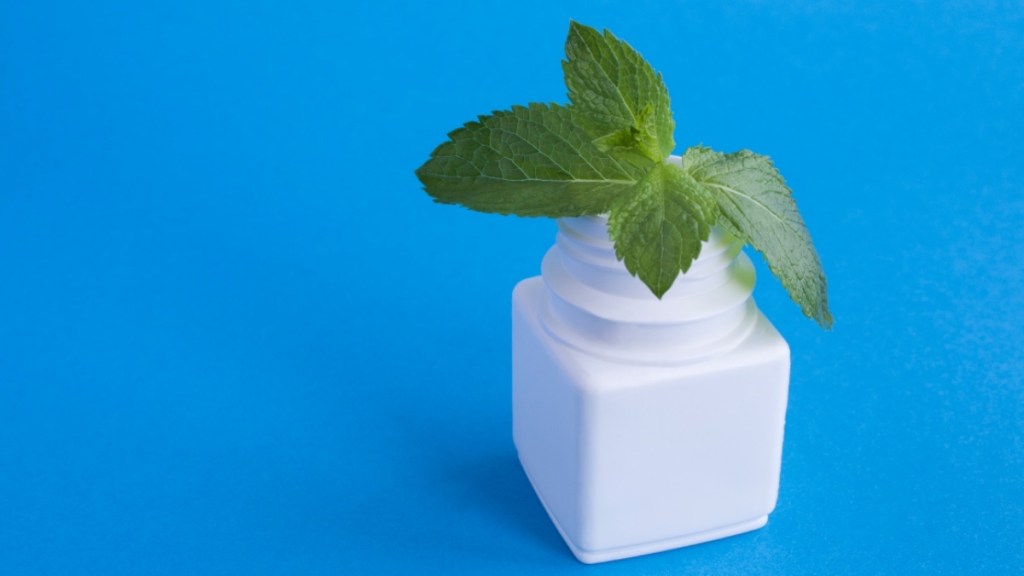
5. Dab on cornstarch
Another easy way to outsmart friction: Apply a dusting of cornstarch (yes, the kitchen staple!) under your arms. The fine powder “helps wick away moisture and protect your skin from rubbing on itself,” Dr. Gordon explains, which can stave off itching and irritation. You can even tuck a small bottle in your bag for touch-ups throughout the day if you start to get sweaty. (Click through to our sister publication for 10 cornstarch hacks for cleaning, cooking and baking.)
6. Enjoy an oatmeal bath
Indulge in a little R&R and quell itchiness? Yes, please! The next time you draw a warm bath, add a few handfuls of finely ground raw oats. (Pulse rolled oats in a blender or food processor — the fine powder helps the oats dissolve in water.) Then sink in up to your neck to make sure your armpits are covered. Colloidal oatmeal, oats that are finely ground and often used topically, can significantly dial down itchiness, according to a Journal of Drugs in Dermatology study. Oats work by diminishing pro-inflammatory cytokines that spur itching.
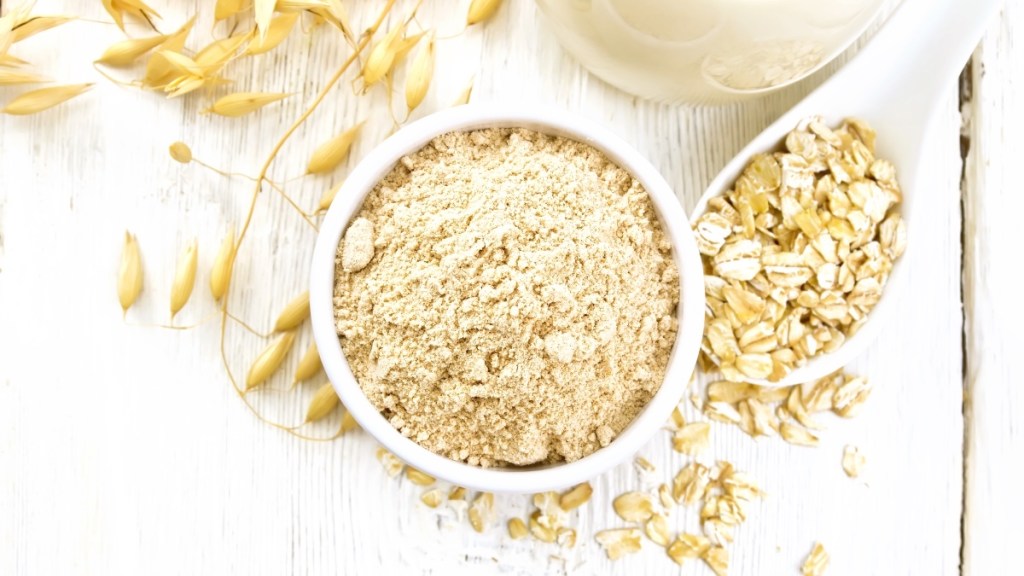
7. Dress in layers
Staying cool means less sweat, and less sweat can mean less itching. An easy way to keep your cool no matter hot you may get? Dressing in layers. This makes it easy to stay comfortable when the temperature fluctuates. You can simply can peel off your cardigan or sweater to reveal a breezy sleeveless top that won’t trap heat. Dr. Gordon recommends wearing a sweat-wicking fabric (such as polyester, rayon or nylon) as your base layer to pull moisture away from your underarms.
Read on for more ways to outsmart itchiness from head to toe:
MDs Reveal the Home Cures That Soothe Hemorrhoid Itch & Discomfort In Minutes
Dry, Itchy Scalp? Get a Shower Head Filter for Soft and Silky Hair
Is Your Skin Dry and Itchy? It Could Be a Sign of This Serious Health Condition
MDs Reveal a Surprising Side Effect of the Keto Diet + Easy Ways to Sidestep It
This content is not a substitute for professional medical advice or diagnosis. Always consult your physician before pursuing any treatment plan.













